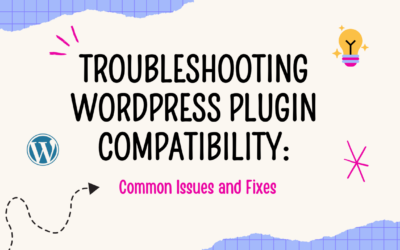Introduction:
In the competitive world of e-commerce, having a fast and responsive Shopify store is crucial. A slow-loading site can lead to a poor user experience, reduced conversions, and lower search engine rankings. To achieve optimal performance, developers should follow best practices like those advocated by Hike Branding. This article will explore key strategies for optimizing Shopify stores for performance and speed.
1. Optimize Images
Images are often the largest assets on a website and can significantly impact load times. To optimize images for Shopify:
- Use the Appropriate Format: Use JPEG for photos, PNG for images with transparency, and SVG for icons and simple graphics.
- Compress Images: Tools like TinyPNG, ImageOptim, or Shopify’s built-in image optimizer can reduce file sizes without compromising quality.
- Use Responsive Images: Implement responsive images using the srcset attribute to serve the appropriate image size based on the user’s device.
2. Minimize HTTP Requests
Each element on a web page, including images, scripts, and stylesheets, requires an HTTP request. Reducing these requests can speed up load times.
- Combine Files: Merge CSS and JavaScript files where possible to reduce the number of requests.
- Use Shopify’s Asset API: Shopify’s Asset API can help manage and load assets efficiently.
- Lazy Loading: Implement lazy loading for images and videos to load these elements only when they are about to enter the viewport.
3. Leverage Browser Caching
Browser caching stores static files on a user’s device, allowing them to be loaded more quickly on subsequent visits. Shopify stores can benefit from setting appropriate caching headers for assets like images, stylesheets, and scripts.
- Set Cache-Control Headers: Configure cache-control headers to define how long browsers should cache certain files.
- Use a CDN: A Content Delivery Network (CDN) can distribute your store’s content across multiple servers worldwide, reducing load times for users by serving content from the server closest to them.
4. Optimize Liquid Code
Liquid is Shopify’s templating language, and optimizing its usage can improve performance.
- Limit the Use of Loops: Loops can be resource-intensive. Minimize their use and avoid nested loops where possible.
- Use Caching: Use Shopify’s built-in caching mechanisms to store frequently used snippets and reduce server load.
- Avoid Unnecessary Queries: Minimize the number of queries to Shopify’s backend by storing data locally when possible.
5. Optimize CSS and JavaScript
CSS and JavaScript can significantly impact your store’s load time. Here’s how to optimize them:
- Minify CSS and JavaScript: Minification removes unnecessary characters from the code, reducing file sizes.
- Defer JavaScript: Defer non-essential JavaScript to prevent it from blocking the initial page load.
- Use Asynchronous Loading: Load JavaScript and CSS asynchronously to avoid blocking the rendering of the page.
6. Reduce App Usage
While apps can add valuable functionality, they can also bloat your site and slow it down.
- Audit Your Apps: Regularly review and remove apps that are no longer necessary.
- Check App Performance: Use tools like Shopify’s Theme Inspector to identify and address performance issues caused by apps.
7. Optimize Fonts
Custom fonts can enhance your store’s aesthetics but can also slow down load times.
- Use Web-Safe Fonts: Web-safe fonts are pre-installed on most devices, ensuring fast loading.
- Host Fonts Locally: Host custom fonts locally rather than relying on third-party services.
- Use Font Display Swap: Implement the font-display: swap CSS property to ensure text remains visible during font loading.
8. Monitor and Test Performance
Regularly monitor your store’s performance and make adjustments as needed.
- Use Performance Tools: Tools like Google PageSpeed Insights, GTmetrix, and Shopify’s own speed report can provide valuable insights.
- Test on Multiple Devices: Ensure your store performs well on various devices and browsers, as user experiences can vary.
9. Implement AMP (Accelerated Mobile Pages)
AMP can significantly improve mobile performance by stripping down unnecessary elements and optimizing code. Consider implementing AMP for your Shopify store’s product and landing pages.
10. Continuous Optimization
Performance optimization is an ongoing process. Regularly review your store’s performance metrics, update your strategies, and stay informed about new optimization techniques and tools.
Conclusion
Optimizing a Shopify store for performance and speed is essential for providing a great user experience, improving conversion rates, and achieving better SEO rankings. By following these strategies, including the best practices recommended by Hike Branding, you can ensure that your store loads quickly and efficiently. This not only enhances customer satisfaction but also helps you stay competitive in the e-commerce landscape.



